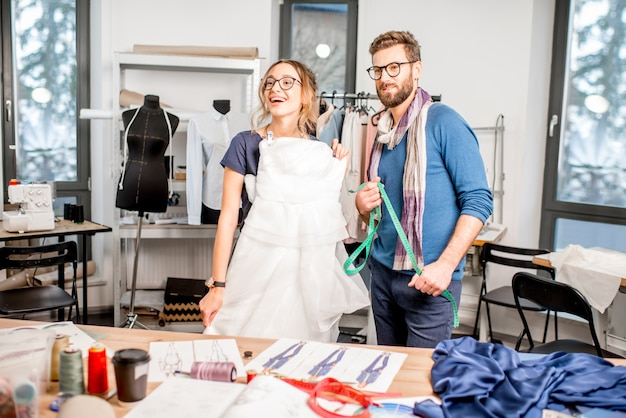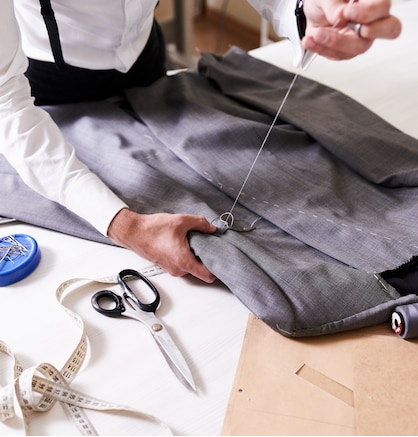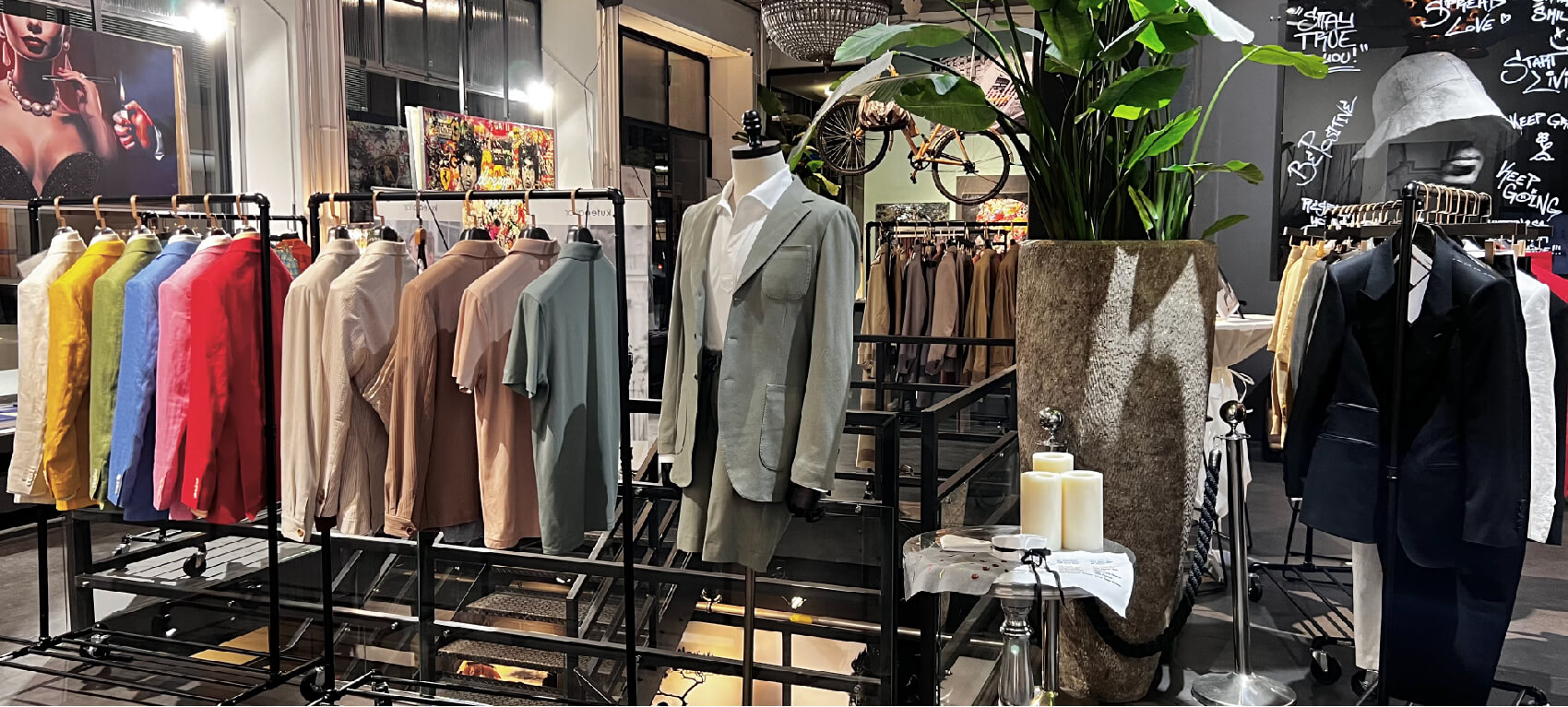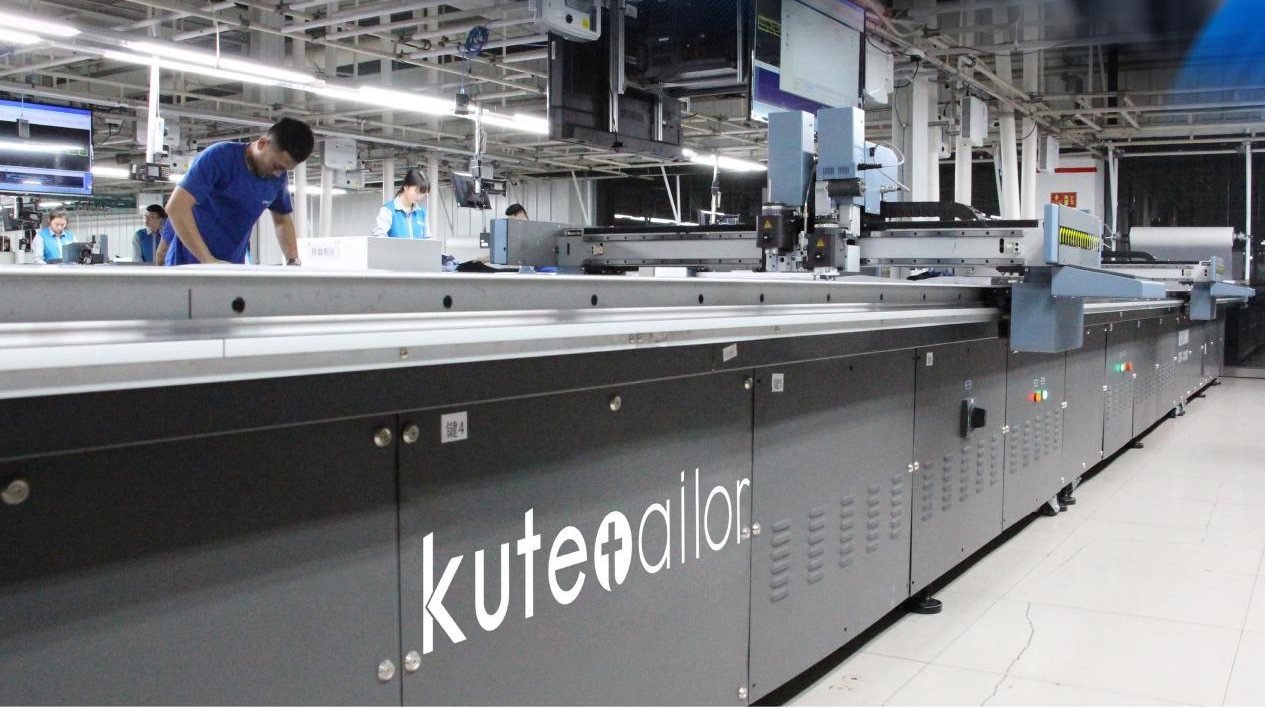
Clothing is more than fabric stitched together—it’s an expression of identity, artistry, and precision. At the heart of this craft are two professions often mistaken for one another: the seamstress and the tailor. While both wield needles and thread with expertise, their roles diverge in purpose and practice. A seamstress creates garments from the ground up, weaving imagination into reality, whereas a tailor refines and reshapes existing pieces to perfection. This article delves into their world, clarifying their distinctions and celebrating their contributions to fashion and beyond. Knowing their differences can help you make informed choices, whether for personal needs, fashion brand development, or a potential career path.
A seamstress is an artisan skilled in crafting new garments and fabric items. Using patterns, designs, or even original sketches, they cut, sew, and assemble clothing from raw materials. Historically a female-dominated role—hence the term—today, "seamster" may apply to men performing the same tasks. Seamstresses are creators, often producing everything from everyday wear to elaborate gowns, and their work extends beyond clothing into home decor and artistic pieces.
A tailor, by contrast, focuses on modifying and perfecting garments that already exist. They specialize in alterations, repairs, and custom fittings, ensuring clothes align with the wearer’s body and style. Tailors are the go-to professionals for resizing a suit, mending a torn coat, or tailoring a dress to flatter specific proportions. Their craft emphasizes precision and fit, often associated with formal or structured attire.

| Feature | Seamstress | Tailor |
| Core Function | Creates new garments | Alters and repairs existing ones |
| Focus | Design and construction | Fit and modification |
| Common Outputs | Dresses, costumes, home textiles | Suits, jackets, tailored dresses |
| Specialization | Garment construction, costume design, home textiles | Formal wear, custom tailoring, alterations |
| Work Environment | Fashion houses, theaters, freelance | Alteration shops, freelance, fashion industry |
Tailors refine garments with meticulous care, focusing on:
· Alterations: Adjusting sizes—shortening hems, taking in waists, or resizing sleeves.
· Repairs: Mending rips, replacing buttons, or fixing linings.
· Custom fitting for clients: Tailors often work with clients to create bespoke garments or adjust off-the-rack clothing.
· Specialization in formal wear: Tailors frequently specialize in suits, tuxedos, or evening gowns.
· Cost and time estimates: Tailors often provide clients with time and cost estimates for alterations.
Seamstresses bring designs to life through a range of responsibilities:
· Garment Construction: Sewing new clothing from patterns or custom designs.
· Detail Work: Adding embellishments like embroidery, sequins, or appliqués.
· Versatile Projects: Crafting non-apparel items, such as curtains, quilts, or upholstery.
· Industry Roles: Working as sample makers for designers or production sewers in factories. Sample seamstresses create prototypes for new collections, while production seamstresses focus on mass manufacturing or prototype creation.
Their duties reflect their respective strengths: creation for seamstresses, customization for tailors.
Both professions share essential skills:
· Sewing Mastery: Proficiency with machines and hand-stitching.
· Precision: A keen eye for detail in every seam and stitch.
· Customer Interaction: Listening to clients’ needs and delivering tailored solutions.
· Efficiency: Managing time to handle multiple projects effectively.
Seamstresses shine with:
· Pattern Design: Crafting or interpreting blueprints for new garments.
· Fabric Expertise: Knowing how materials drape, stretch, or hold shape.
· Creativity: Turning concepts into tangible, wearable art.
Tailors excel in:
· Alteration Techniques: Reshaping garments seamlessly.
· Body Mapping: Measuring and adjusting for perfect fit.
· Structural Focus: Enhancing the form of coats, suits, and dresses.

Seamstresses operate in varied spaces:
· Fashion Studios: Collaborating on designer collections or prototypes.
· Entertainment: Sewing costumes for theater, film, or cosplay.
· Freelance: Offering bespoke services or selling handmade goods online.
· Factories: Some work as part of a larger production team, producing apparel for mass-market brands.
Tailors thrive in hands-on environments:
· Alteration Shops: Providing quick fixes and fittings for local clients.
· Retail: Adjusting purchases in stores or boutiques.
· Bespoke Businesses: Crafting custom suits or dresses for discerning customers.
· Event Support: Tailoring attire for weddings, galas, or fashion shows.
Both can pursue entrepreneurial ventures:
· Seamstresses might launch a custom clothing line or teach sewing classes.
· Tailors could open a specialty shop or focus on high-end alterations, or start businesses such as custom formal wear.
Seamstresses are the backbone of garment creation:
· They turn designers’ visions into wearable samples, setting the stage for production.
· In manufacturing, they ensure quality and consistency across collections.
· Their artistry supports innovation, from runway couture to everyday wear.
Tailors polish the final product:
· They adjust runway pieces for models or clients, ensuring flawless presentation.
· In menswear, they craft bespoke suits that define elegance.
· Their work enhances a brand’s reputation for precision and fit.
Together, they drive the industry’s creative and practical success.
Seamstresses extend their talents to:
· Home Decor: Sewing drapes, cushions, or table linens.
· Accessories: Crafting bags, hats, or fabric jewelry.
· Special Projects: Designing props or installations for art and theater.
Tailors focus narrowly but deeply:
· They perfect structured garments like overcoats, blazers, and uniforms.
· Their skills shine in high-profile clothing requiring impeccable form.
This divergence showcases their adaptability and expertise.

Aspiring professionals typically:
· Learn through apprenticeships or practical experience under mentors.
· Take optional classes in sewing, design, or tailoring at vocational schools.
· Pursue degrees in fashion for broader opportunities, though not required.
Advancement comes via:
· Certifications, such as those from sewing guilds or design institutes.
· Networking through professional associations or workshops.
· Specialization in areas like bridal wear, couture, or historical costuming.
According to the Bureau of Labor Statistics:
· Textile and apparel workers earn a median of $31,420 annually.
· Tailors average $17.93/hour, seamstresses around $16.19/hour.
· High-demand areas like Los Angeles or New York offer above-average pay.
· Job stability persists in fashion, retail, and custom markets.
· Custom-made clothing from scratch, like a unique dress or costume.
· Non-clothing fabric projects, such as home furnishings.
· Creative collaborations with designers or personal visions.
· Alterations to improve fit, like resizing a suit or dress.
· Repairs to extend a garment’s life.
· Polishing formal wear for special occasions.
Your choice depends on whether you need creation or customization.
Seamstresses and tailors are artisans who shape how we present ourselves to the world. Seamstresses weave stories into fabric, crafting garments and textiles with imagination and skill. Tailors refine those stories, ensuring every piece fits like a second skin. Their distinct roles enrich the fashion industry and our daily lives, from the runway to our homes. Whether you need a garment created from scratch or a custom alteration, understanding the differences between these two professions will ensure you make the right choice. Tailors and seamstresses are the skilled professionals who help bring your fashion ideas to life—valuing their expertise is the key to achieving high-quality results in your garments.

At Kutetailor, we celebrate this craftsmanship by offering a modern take on bespoke tailoring. Our platform empowers you to create custom suits and formal wear that reflect your unique style, all while honoring the tradition of tailoring. With our innovative, data-driven approach, we enable personalized manufacturing at scale, ensuring your garments fit perfectly and arrive exactly as you envisioned. Whether you’re a tailor, MTM retailer, e-commerce platform, or designer, our seamless online ordering options for made to measure suits online make it easy to bring your sartorial visions to life. Explore Kutetailor today and experience the future of personalized fashion.